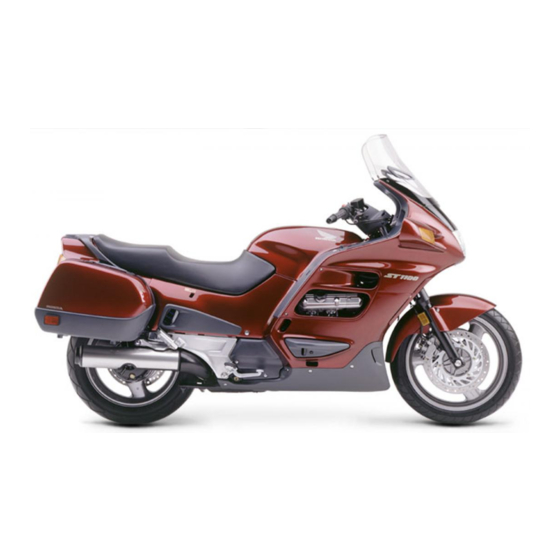So you ARE including the shock being topped out in the discussion. Of course the spring gets shorter then.
This is not me including it. Am only trying to help with understanding preload based on jf's illustration.
Be it on the bench or extended on the bike, step 4 merely illustrates how preload is applied.
I only care about what happens under riding conditions, so only figures 2 and 5 matter in the discussion.
Except that 5 can only occur after you add preload as illustrated under 4.
Those are the only conditions that occur while the bike is in use.
Maybe statically in your garage. But Dynamically, when you get rolling, there are plenty of times where you are sitting on your bike with the shock fully extended under you.
Does damping alter between the two?
Again, you are going back to square one here. I thought your "Hooray" meant you finally understood the difference between damping adjustment and rebounding of the suspension. They are not the same.
So again.....Preload does not change damping settings....it only affects the bouncing characteristics of the suspension. Please do not mix the two.
So...
Does damping alter between the two?
No. Preload adjustment does NOT alter damping (except on some of the modern electronic controlled suspensions), but it does alter the bouncing response of the suspension, as demonstrated in the Dave Moss vid.





